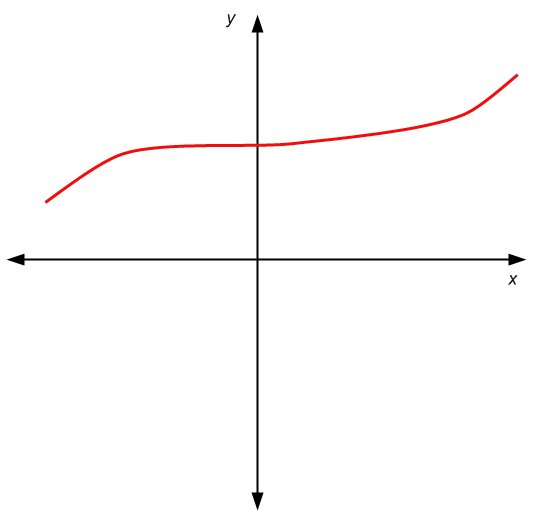Car Door Hinges : Many parts of cars are mechanically tested to be certain that they do not fail prematurely.
-
Car Door Hinges
:
Many parts of cars are mechanically tested to be certain that they do not fail prematurely. In an experiment to determine which one of two types of metal alloy produces superior door hinges, 40 of each type were tested until they failed. Car manufacturers consider any hinge that does not survive 1 million openings and closings to be a failure. The number of openings and closings are observed and recorded in the accompanying table (to the closest .1 million). A statistician has determined that the number of openings and closings is normally distributed.
Number of Openings and Closings
Alloy 1 Alloy 2
1.5 0.9 1.4 1.3
1.8 1.3 1.3 0.9
1.6 1.2 0.7 1.1
1.3 1.5 1.2 1.2
1.2 1.4 0.8 1.1
1.1 1.1 1.1 0.8
1.3 0.8 1.3 1.5
1.1 1.6 1.4 1.3
0.9 1.7 0.6 1.8
1.1 1.9 1.5 1.6
1.5 1.3 0.9 0.8
1.6 1.5 1.3 1.4
1.2 1.8 1.2 0.9
0.9 1.6 0.8 1.1
1.3 1.4 0.7 1.4
1.5 1.5 1.4 0.8
0.8 1.1 1.1 0.9
1.6 1.3 1.2 1.6
1.4 0.9 0.9 1.4
1.3 1.3 0.8 1.3
a.) Estimate with 95% confidence the difference in the mean number of
openings and closings between the two types of alloy. Interpret the
interval.
b.) Can we conclude at the 5% significance level that the mean number of
door openings and closings with hinges made from alloy 1 is greater than
1.25 million?
c.) Can we conclude at the 5% significance level that the variance of the
number of openings and closings with the hinges made from alloy 1 is less
than 0.2 million (this is just the units for variance; since our data is in
millions, our variance units is million2; 0.2 is the number you use in your
analysis)?
2. In a study, ten individuals were randomly selected from each of four
normal populations and their heights measured. A partial one- way ANOVA
table is shown below:
Source of Variation
SS
df
MS
F
Treatments
*
*
270
*
Error
*
*
*
Total
1,350
*
a.) Complete the missing entries (identified by asterisks) in the ANOVA
table.
Solution:
The completed table is shown below:
| Source of Variation | SS | df | MS | F | p-value |
| Treatments | 810 | 3 | 270 | 18 | 2.64584E-07 |
| Error | 540 | 36 | 15 | ||
| Total | 1350 | 39 |
b.) How many groups (treatments) were in this study?
c.) How many experimental units were in this study?
d.) At the 5% significance level, can we infer that the means of the populations differ?
Deliverable: Word Document


![[Step-by-Step] Following is a problem description. Use the mean [Step-by-Step] Following is a problem description. Use](/images/solutions/MC-solution-library-80453.jpg)



![[Step-by-Step] (Decision Analysis) Willy Wheels has invented a [Step-by-Step] (Decision Analysis) Willy Wheels has invented](/images/solutions/MC-solution-library-80457.jpg)
